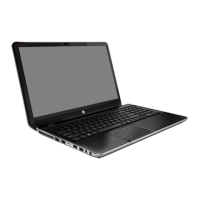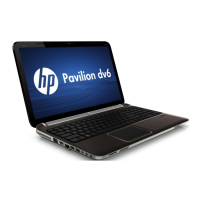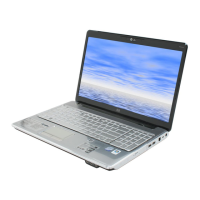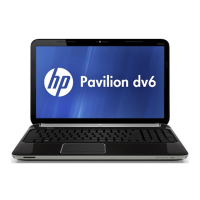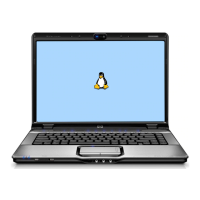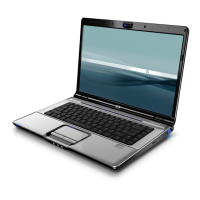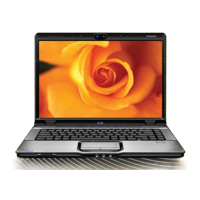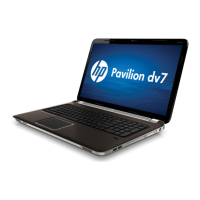What to do if my HP Pavilion dv6-7000 cannot connect to a WLAN?
- DDaniel TaylorJul 29, 2025
If your HP Laptop cannot connect to a WLAN, first ensure the wireless device is turned on by pressing the wireless button, wireless switch, or wireless key if the wireless light is off or amber. Then, try connecting to the WLAN again. If there is no WLAN device listed, either your computer does not have an integrated WLAN device, or the driver for the WLAN device is not properly installed.
